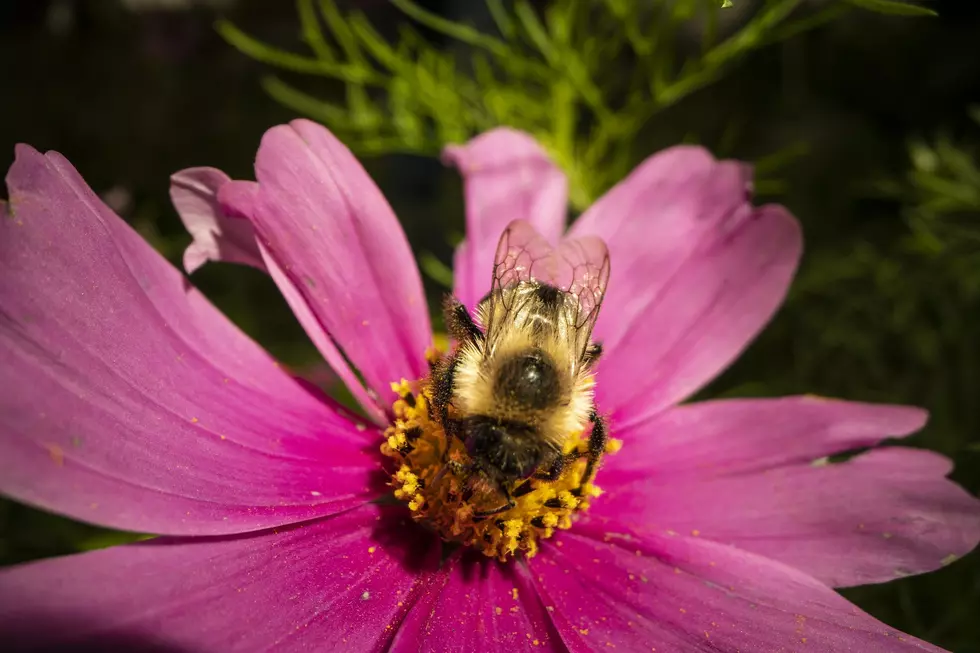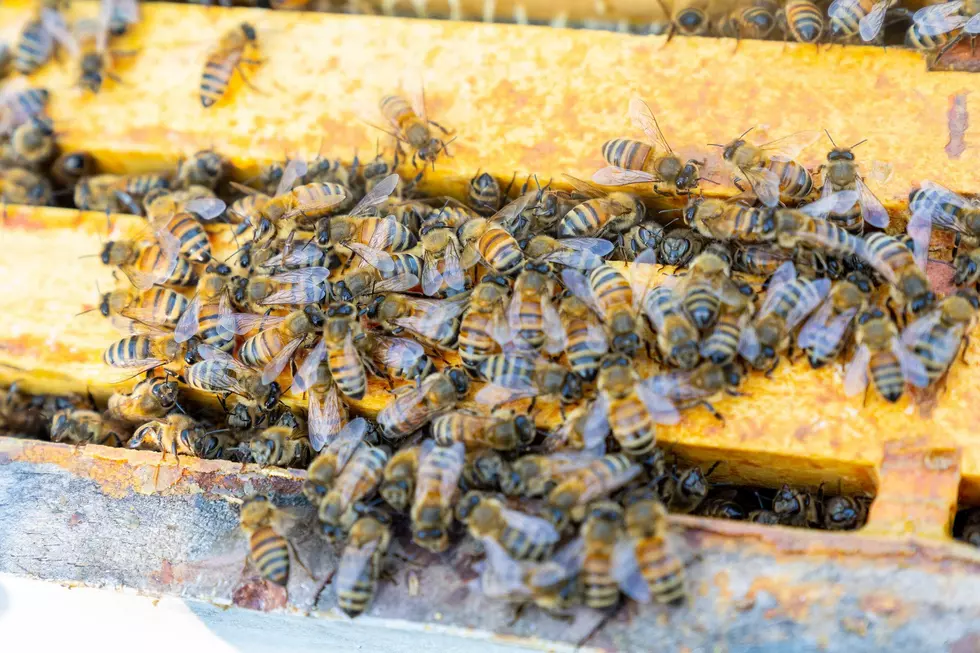
UC Davis Researchers Look At Impact Pesticides Loss Of Flowers Has On Bees
Researchers at University of California Davis found the combined threats of pesticides and loss of flowering plants led to a 57% drop in blue orchard bee reproduction, as well as few female offspring. UC Davis graduate student, Clara Stuligross, said usually stressors for bees are studied independently, but in this specific case, it was important to understand how stressors interact and work together.
"That's really what sparked the study, is trying to understand how to partition the interactive or additive effect of these stressors together and especially in this semi-field study where we used cages outside and that's really unique for studies like this.”
Stuligross said it was eye opening to see the relationship both pesticides and food scarcity had on the over bee population. She added their results found that pesticide exposure had the greatest impact on nesting activity and the number of offspring. Pesticide exposure reduced bee reproduction 1.75 times more than limiting their food.
"The most surprising effect was how much of an impact both of these stressors had on blue bee populations. We found that the effect of resources and pesticides just added together to reduce bee vital rates in free foraging bees which had a really big decrease in population growth for bees exposed to both stressors simultaneously."
Stuligross said the hope is this research can help farmers as they make management decisions in and around the orchard.
If you have a story idea for the PNW Ag Network, call (509) 547-1618, or e-mail gvaagen@cherrycreekmedia.com
More From PNW Ag Network









